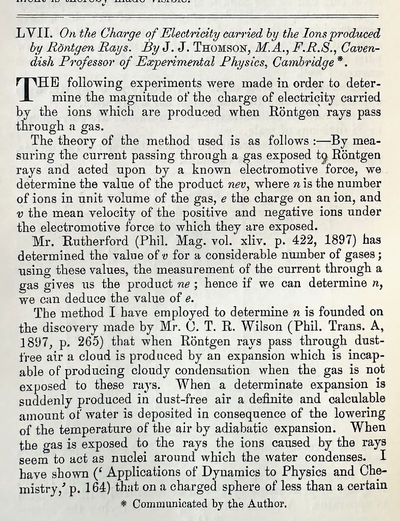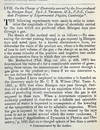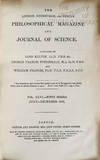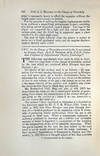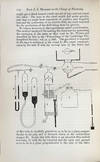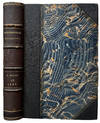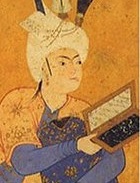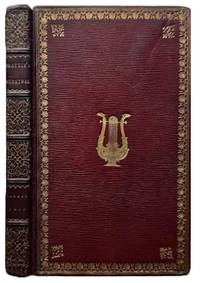1898 · London:
by THOMSON, Sir J. J. [Joseph John] (1859-1940).
London:: Taylor and Francis, 1898., 1898. Series: The London, Edinburgh, and Dublin Philosophical Magazine and Journal of Science, Vol. XLVI, Fifth Series, July – December. 219 x 152 mm. 8vo. Pages 528-545. [Entire volume: [vii], [1], 576 pp.] 3 figs. Quarter black morocco, morocco corners, marbled boards, raised bands, gilt spine; rubbed. Ex library blind-stamps of the University of Chicago Library. Very good. "It was reserved for J. J. Thomson to discover the true nature of the cathode rays. In April 1897 he gave a public demonstration. in which he declared that cathode rays are composed of particles of sub-atomic proportions. At this stage, he had (truncated)
